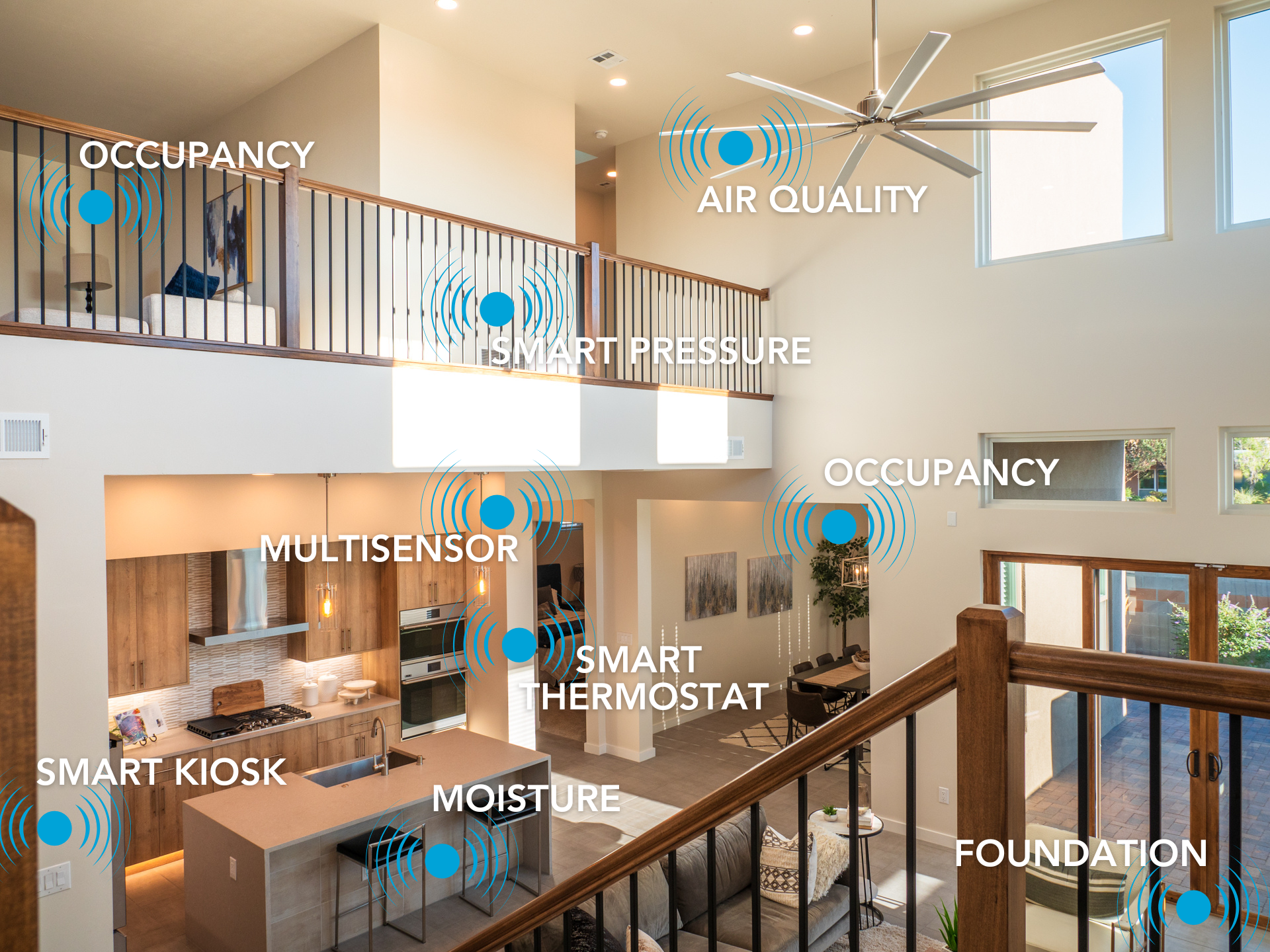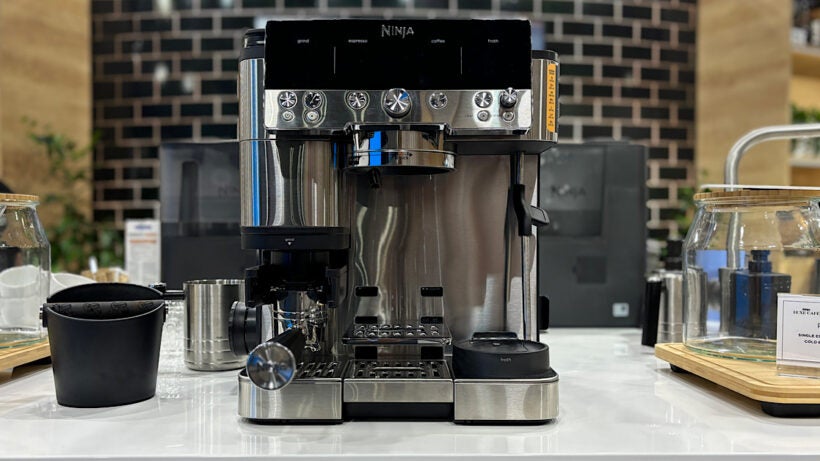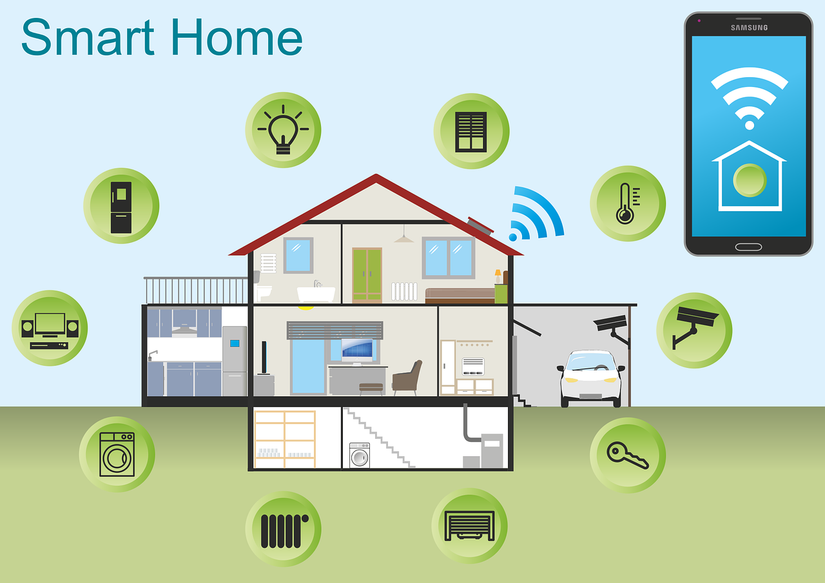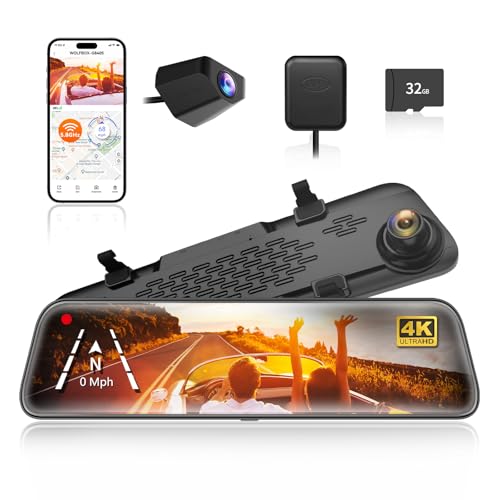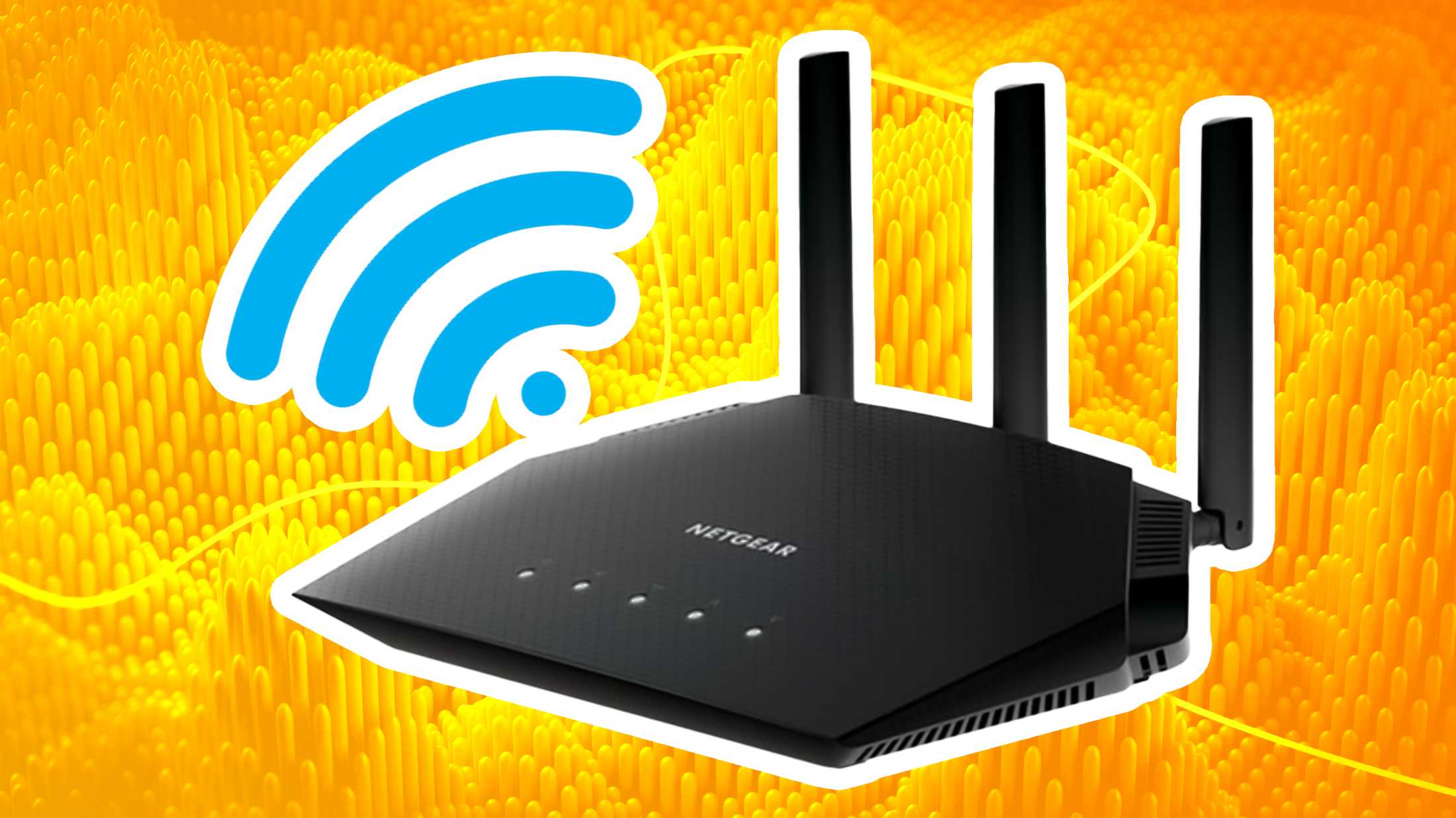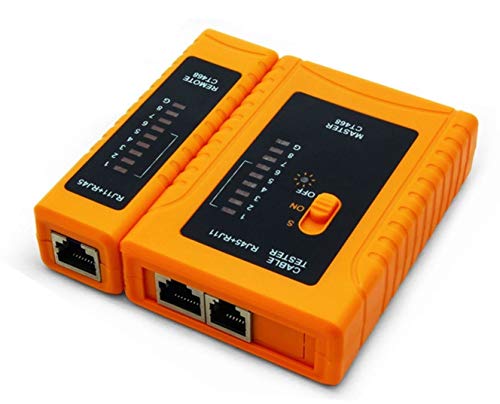Imagine walking into your home, and everything adjusts perfectly to your needs—lights set just right, the temperature comfortable, and your favorite music playing softly. This isn’t a dream; it’s the power of evolving smart home systems.
You might think smart homes are just about convenience, but they’re becoming much more. They learn your habits, keep you safe, and even save you money. If you want to discover how these systems are changing the way you live and what the future holds for your home, keep reading.
Your next upgrade could be closer than you think.
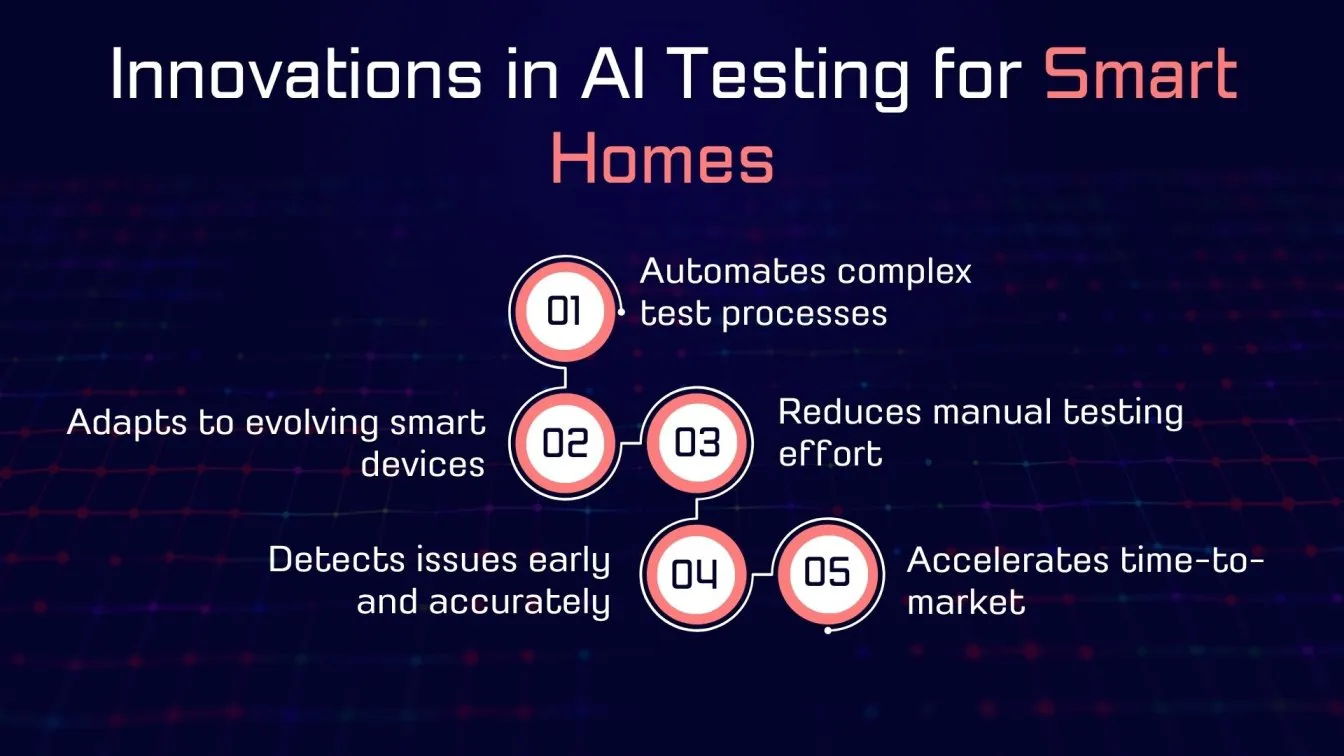
Credit: www.frugaltesting.com
Rise Of Smart Home Technology
Smart home technology has grown quickly in recent years. It helps people control their homes easily.
Devices like smart lights and thermostats make homes more comfortable and energy-efficient.
Early Innovations
The first smart home devices appeared in the 1980s and 1990s. These early tools allowed remote control of lights and appliances.
Basic systems used simple timers and sensors to automate tasks around the house.
- Remote-controlled lighting
- Basic security alarms
- Simple temperature control
- Automated door locks
Current Market Trends
Today, smart home systems are more connected and intelligent. They work with voice commands and mobile apps.
Many devices now use artificial intelligence to learn user habits and save energy.
- Voice assistants like Alexa and Google Home
- Smart thermostats that adjust automatically
- Security cameras with facial recognition
- Integration of multiple devices in one system
Key Components Of Smart Homes
Smart homes use technology to make life easier and safer. They connect devices that work together automatically.
Understanding the key parts helps to see how smart homes function well and improve daily living.
Smart Devices And Sensors
Smart devices include lights, thermostats, cameras, and locks. Sensors detect changes like motion, light, and temperature.
These devices and sensors collect data and act based on user settings or conditions in the home.
- Motion sensors detect movement for security
- Temperature sensors adjust heating and cooling
- Smart locks allow keyless entry
- Connected lights turn on and off automatically
Connectivity And Networks
Smart homes use Wi-Fi, Bluetooth, or Zigbee to connect devices. These networks let devices share information quickly.
Reliable connections are important so all devices work smoothly without interruptions.
- Wi-Fi covers large areas and supports many devices
- Bluetooth works well for close-range connections
- Zigbee uses low power and links many devices
- Wired connections offer stable and fast data transfer
Centralized Control Systems
A centralized system manages all smart devices from one place. It can be a smartphone app or a home assistant.
Users control settings, schedules, and monitor devices easily through this central hub.
- Smartphone apps provide remote control
- Voice assistants allow hands-free commands
- Control panels offer quick access inside the home
- Automation rules create routines and alerts
Benefits Of Smart Home Systems
Smart home systems make daily life easier by using technology. They connect devices to work together automatically.
These systems help save energy, improve safety, and add comfort to your home.
Enhanced Convenience
Smart home systems let you control lights, locks, and appliances from your phone. You can set schedules or use voice commands.
This saves time and effort by automating simple tasks in your home.
- Turn lights on before arriving home
- Adjust thermostat without getting up
- Lock doors remotely
Energy Efficiency
Smart systems reduce energy use by managing devices better. They turn off lights and appliances when not needed.
Smart thermostats learn your schedule to save heating and cooling costs.
- Automatic light dimming
- Smart heating and cooling control
- Energy use tracking and alerts
Improved Security
Smart home systems include cameras, sensors, and alarms. They send alerts if they detect unusual activity.
You can watch live video and lock doors from anywhere to keep your home safe.
- Real-time security alerts
- Remote video monitoring
- Automatic door locking

Credit: coruzant.com
Integration With Ai And Iot
Smart home systems are changing how we live. They use new technology to make homes safer and easier to control.
Two key technologies behind this change are Artificial Intelligence (AI) and the Internet of Things (IoT). These help devices work better together.
Role Of Artificial Intelligence
Artificial Intelligence helps smart homes learn from users. It can predict needs and make decisions automatically.
AI can analyze data from devices to improve comfort and save energy. It also helps in security by detecting unusual activity.
Internet Of Things Connectivity
IoT connects many smart devices in a home. These devices share information to work together smoothly.
With IoT, lights, locks, cameras, and appliances communicate. This makes it easier to control the home from one place.
- Devices connect through Wi-Fi or Bluetooth
- Data flows between sensors and apps
- Remote control via smartphones or tablets
Personalized Automation
Smart homes use AI and IoT to create personal routines. They adjust settings based on user habits and preferences.
This automation makes daily tasks easier. For example, lights turn on when you enter a room, or the thermostat adjusts to your comfort.
- Schedules based on your daily life
- Automatic adjustments for comfort and energy
- Alerts for unusual events or needs
Challenges In Smart Home Adoption
Smart home systems bring many benefits, but people face some challenges using them. These issues slow down how fast smart homes become popular.
Understanding these challenges helps users and makers improve smart home technology and make it easier to use.
Privacy And Security Concerns
Smart home devices collect a lot of personal data. This raises worries about privacy and safety.
Hackers can try to access smart home systems. This puts users’ data and homes at risk.
- Data breaches may expose private information
- Weak passwords make hacking easier
- Unsecured devices can allow unauthorized control
- Users may not know how to protect their systems
Compatibility Issues
Many smart home products come from different brands. They often do not work well together.
This makes it hard to control all devices with one app or system.
- Devices use different communication standards
- Some systems support only specific brands
- Upgrading one device may break connections
- Users need extra tools to link devices
Cost And Accessibility
Smart home devices can be expensive to buy and set up. This limits who can afford them.
Not all users find smart home systems easy to use or install.
- High prices block many potential users
- Installation may require special skills
- Some devices need constant internet access
- Older homes may need upgrades for compatibility
Future Trends In Smart Living
Smart home systems keep getting better. New technology helps homes work smarter and easier.
People want homes that respond to their needs quickly. The future brings new ways to control and manage homes.
Voice And Gesture Controls
Voice commands let users control devices without touching anything. This makes smart homes more user-friendly.
Gesture controls allow actions by simple hand movements. These controls add convenience and help when hands are full.
- Speak to turn lights on or off
- Wave hand to adjust volume or brightness
- Use simple gestures for security system control
Predictive Home Management
Smart homes learn daily routines to predict needs. They adjust heating, lighting, and more without commands.
These systems save energy and increase comfort by acting before you ask. They also alert homeowners about problems early.
- Automatic temperature changes based on time
- Lights adjust when rooms are empty
- Alerts for leaks or unusual activity
Sustainable Smart Solutions
Smart homes use green technology to reduce waste and save resources. This helps protect the environment.
Systems monitor energy use and suggest ways to lower bills. Solar power and smart water use are common features.
- Solar panels connected to home systems
- Smart irrigation saves water outdoors
- Energy tracking for appliances and devices
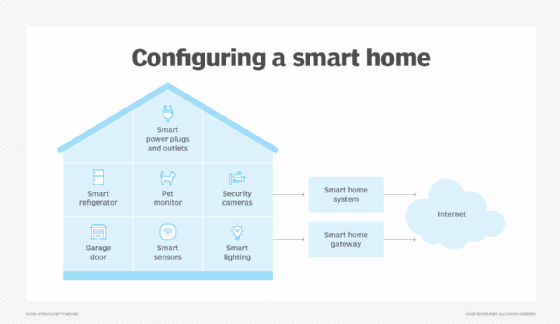
Credit: www.techtarget.com
Frequently Asked Questions
What Are Evolving Smart Home Systems?
Evolving smart home systems integrate advanced technology for enhanced automation and control. They use AI, IoT, and voice assistants to improve convenience, security, and energy efficiency in homes.
How Do Smart Home Systems Improve Energy Efficiency?
Smart home systems optimize energy use by automating lighting, heating, and cooling. They adjust settings based on occupancy and preferences, reducing waste and lowering utility bills effectively.
What Role Does Ai Play In Smart Homes?
AI enables smart homes to learn user habits and preferences. It automates tasks, predicts needs, and enhances security through intelligent monitoring, making homes more responsive and efficient.
Are Evolving Smart Home Systems Secure?
Modern smart home systems use encryption and regular updates to protect data. However, users should implement strong passwords and secure networks to minimize security risks.
Conclusion
Smart home systems are changing how we live. They offer convenience and security. These systems adapt to our needs and lifestyles. Technology keeps improving, making homes smarter every day. It’s essential to stay updated with the latest trends. This helps in making informed decisions.
Smart homes can simplify daily tasks. They also enhance comfort and efficiency. As technology evolves, smart homes will become more accessible. Embracing these changes can improve our quality of life. Smart home advancements promise exciting possibilities for the future. Stay curious and explore new smart home features.
Your home can be smarter and more efficient.
15 min read

